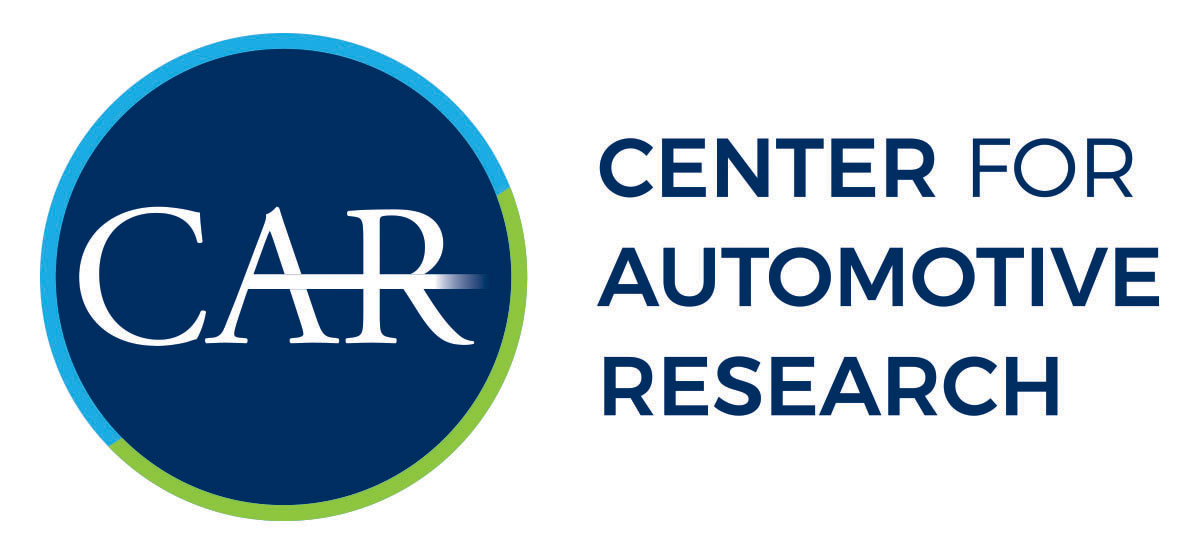
The automotive and transportation industries are undergoing extraordinary changes in direct response to recent advancements in automation technologies, data analysis, and wireless communication. A major trend in the past ten years has been an emphasis on improving driver safety and efficiency. These new trends and advancements have motivated automakers and their tier 1 suppliers to place more attention to the development and improvement of advanced driver assistance systems (ADAS).

Innovations in artificial intelligence and machine learning were responsible for Waymo’s premier deployment of a level-4 vehicle automated vehicle on public roads in 2017. Additionally, we’ve crossed the threshold of a mandate by the National Highway Traffic Safety Administration (NHSTA) which states that all cars sold in the US must include a backup camera by 2018. These demonstrate some of the many large leaps that are redefining the automotive and transportation industries.
Our traditional models for transportation options are being re-written to accommodate for emerging technologies. The expansion and improvement of wireless networks have created new ways for vehicles to interact with their surroundings. Vehicle-to-vehicle (V2V), Vehicle-to-infrastructure, and Vehicle-to-everything (V2X) technologies will be key players in the future of safe and efficient transportation systems. Furthermore, wireless networks have helped create a new sub-industry within transportation: the mobility industry. The new mobility industry leverages breakthroughs in communication technologies, creating innovative business models and services (such as Uber and Lyft) which help make transportation more accessible and available. Upcoming advancements in automated and electric vehicles will add to the effectiveness and efficiency of these services, which are projected to account for 40% of auto industry profits by 2035.
Despite the sweeping success of some currently-deployed advanced technologies in the automotive, transportation, and mobility industries, there are still high costs and risks associated with developing these technologies. But because of pressure from new regulatory mandates and consumer preferences, automakers are increasingly investing in tech. Nowadays, automakers are forming large Research and Development sectors, unprecedented partnerships, and strategic acquisitions. With these new tools and a focus on advanced technology, the dollar value of the ADAS market is forecasted to triple to $15.5 billion in 2022 and grow to $36 billion by 2025.
Innovative transportation options and their stakeholders must consider several factors in the coming decades: availability and functionality of enabling technology, infrastructure, cross-sector industry collaborations, policies and regulations, and social acceptance. Each of these has the potential to dramatically threaten or enhance innovation in the automotive, transportation, and mobility industries.
You can read the full publication HERE. contributed for CARS through:
contributed for CARS through:
Emeka Nriagu
Research Analyst














